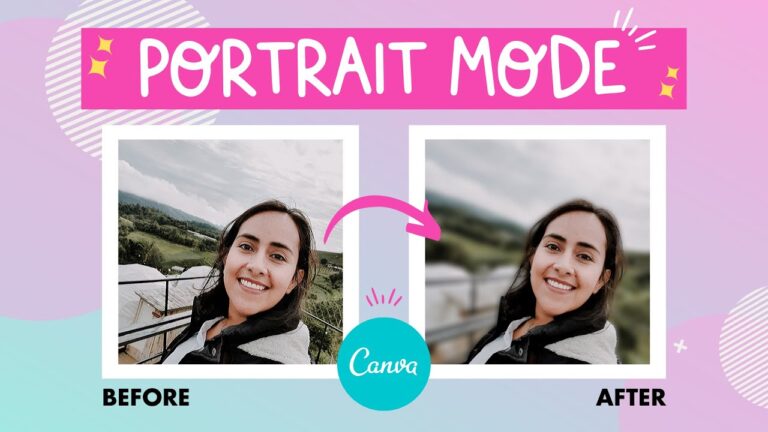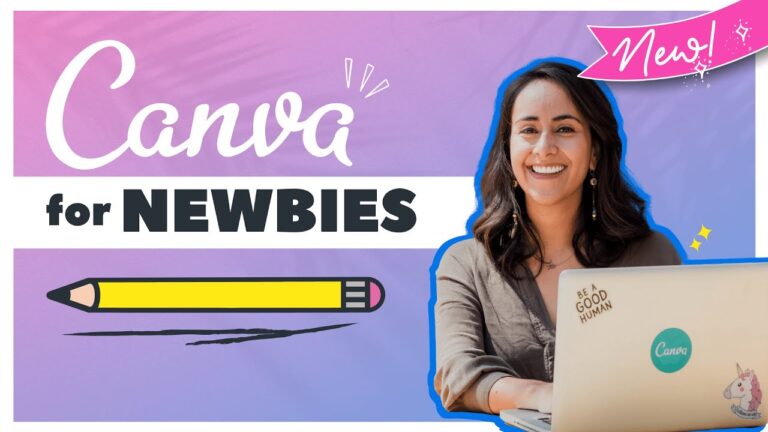This post follows on from – How To Choose A WordPress Theme -Free, Premium or Custom
When choosing a theme you must consider design, layout and functionality.
When considering these, keep in mind the general type of theme you are looking for (see previous post). If you are looking for a free theme, you need to find something as close to what you want as possible (or be savvy enough to tweak it yourself). If you are looking at Premium themes, you may have some flexibility on colors and admin options. The closer your theme is to what you want to begin with, the less tinkering you will have to do. Determining what options the theme gives you will be important.
Remember as you are looking at themes that colors and fonts are easier to change (with a little CSS) than things like sidebar placement, and changing the layout/ structure, unless you’re comfortable with PHP.
BEFORE looking for a theme:
1) Look at other sites you like/dislike and try and identify those characteristics that turn you off or on.
2) Think about what you want your site to do and look like first. Sketch out a rough diagram of how you want it laid out – where’s the navigation? Where’s the sidebar (left or right)? Do you want a prominent footer (for archive and category links for example)? Think about which of these factors are important, if any and make sure to identify those in any theme you are considering.
3) For each section you outline on your site, figure out whether it will be static/evergreen content (a page) or updated, timely content (a blog post) – this will help you figure out how to create your site and also pick a theme that displays content the way you want.
4) What do you want your homepage to look like? If your site is a straight up blog this might be easier to determine. But if you are using WordPress for a magazine, portfolio or business site, you might have specific content you need featured on the homepage.
5) Know which things you’re willing to compromise on, and which are crucial. For example, you may know you want a sidebar on the right, not the left, but you don’t really care about the footer.
The clearer your vision (or the more flexible you are) the more likely you are to find something you are happy with.
Some Design Considerations:
1) Do you like the color scheme?
2) Is there an obvious place for a logo image to go? Replacing a default image that the theme provides is easier than having to create your own place for it.
3) Do you want to put a customized banner-style header on your site? Look for a theme that already has that – you can just swap out the image.
4) Do you like the details, such as the color of links or the way images are displayed?
5) Does the them enhance your particular type of content? E.g for text-oriented sites such as blog, does the them present the text in a clean, easy-to-read manner?
6) Does the overall look appeal to your target audience?
7) If you plan on having pages with sub-pages, how does the theme’s navigation handle that?
8) Is the theme designed with SEO in mind with good use of Heading tags? Ideally H1 tags should be used for the title of your blog post, not the title of your blog.
Generic links like categories, comments, tags etc should be h3 or less – this will leave h2 tags for you to use as subheaders in your blog.
Layout Considerations:
1) How many columns do you want?
2) Do you need built-in advertising banner spots? Or pre-loaded spaces for Adsense?
3) Do you want images with each post that are displayed on the homepage and in posts in a particular way?
4) Is the sidebar where you want it?
5) Does the layout suit the type of content you have e.g. does it showcase videos well, if that’s a focus for you?
6) Does it have the kind of footer you want?
7) Is the layout for a single post page different or the same as the homepage or the archive pages? Some themes hide the sidebar on single post pages for example. Make sure to check such details.
8) Is the navigation bar where you want it?
Functionality Considerations:
1) Does the theme have the types of features you’ll need for your specific content – eg. multimedia features if you are showcasing video or images? Or good social media integration if that’s important to you. Some theme come pre-built to display your latest tweets for example.
2) The homepage can be a source of frustration, especially if you don’t want your site to look ‘bloggy.’ Does the theme allow you to display your content the way you want to? If you need to showcase a video on the front page – choose a theme that has that feature so you don’t need to create it yourself. Does it feature posts from specific categories, for example, which would give you additional ways to highlight content, or is it just chronologically arranged?
3) What admin options does the theme provide? How easy will it be for you to change things and how much flexibility does the theme give you out-of-the-box?
Does the theme provide ‘widgetized’ areas which easily allow you to change what content is displayed where on the page?
Once you’ve installed a theme, make sure to try it out with a few test posts, comments and images, to see how it all works and if there are details you may have missed, before making a final descision on whether you like it or not. It’s really difficult to get a good feel for how a theme will work for you if you have no content for it to display.
What other features or considerations should be included in these lists that you look for in a theme? Leave a comment!



